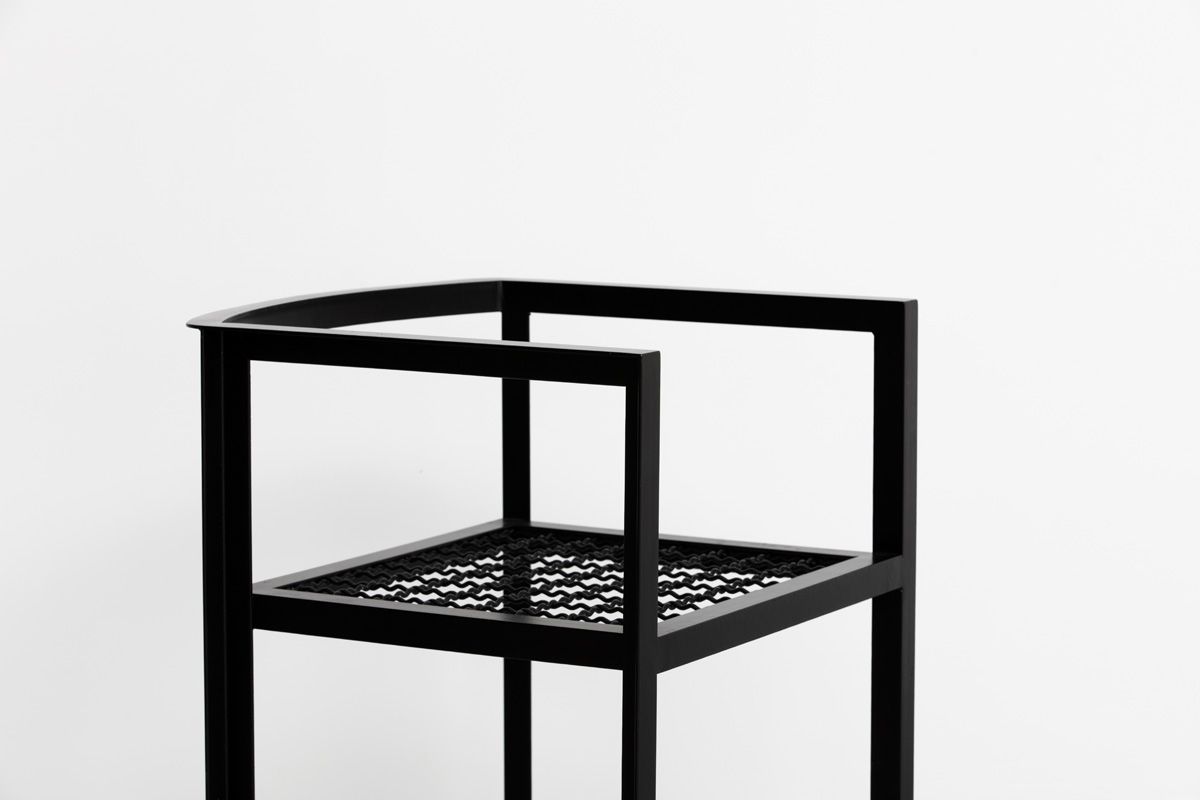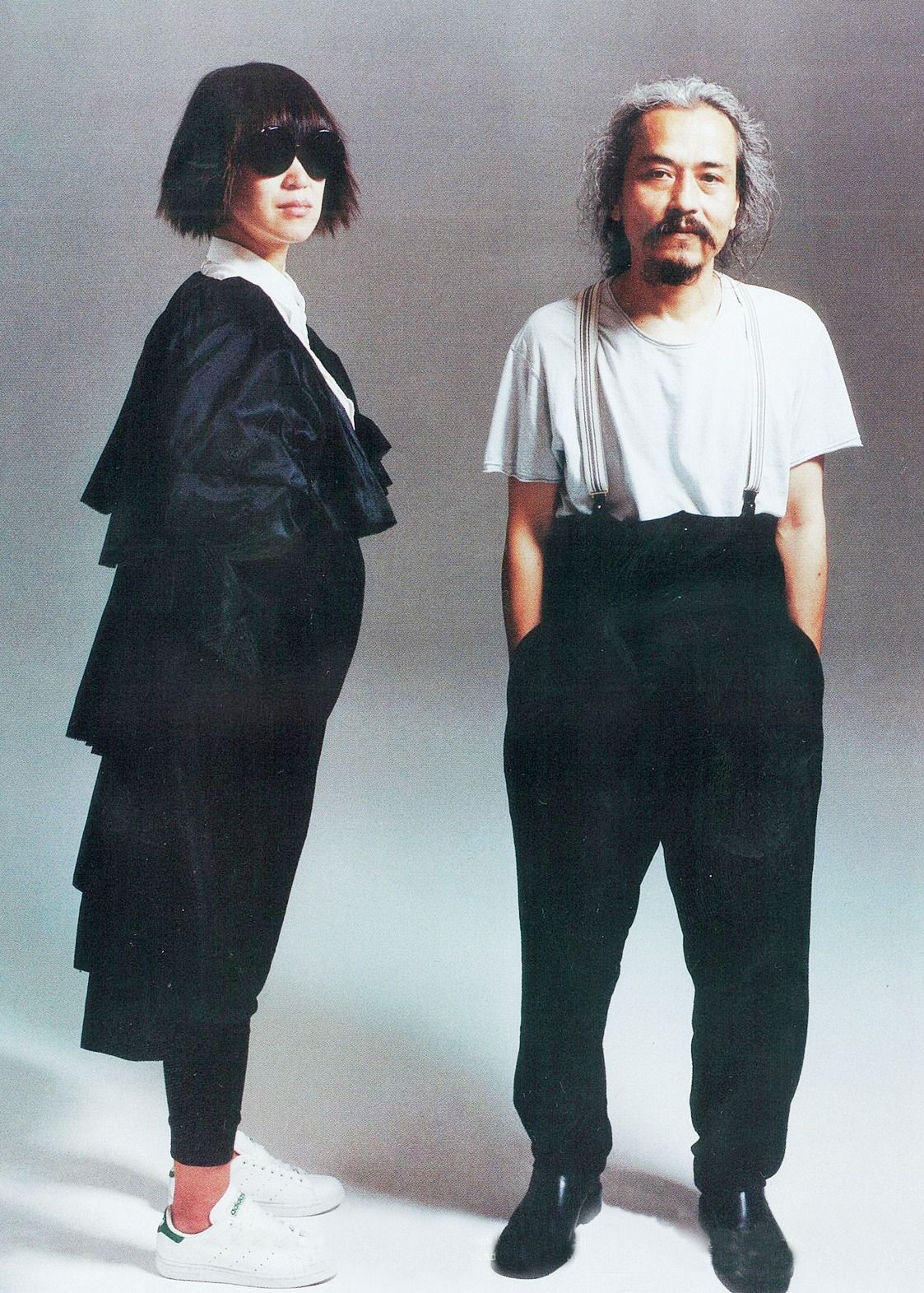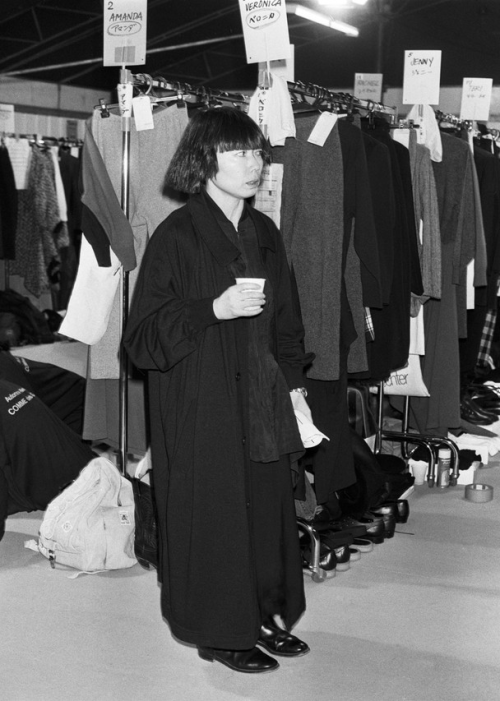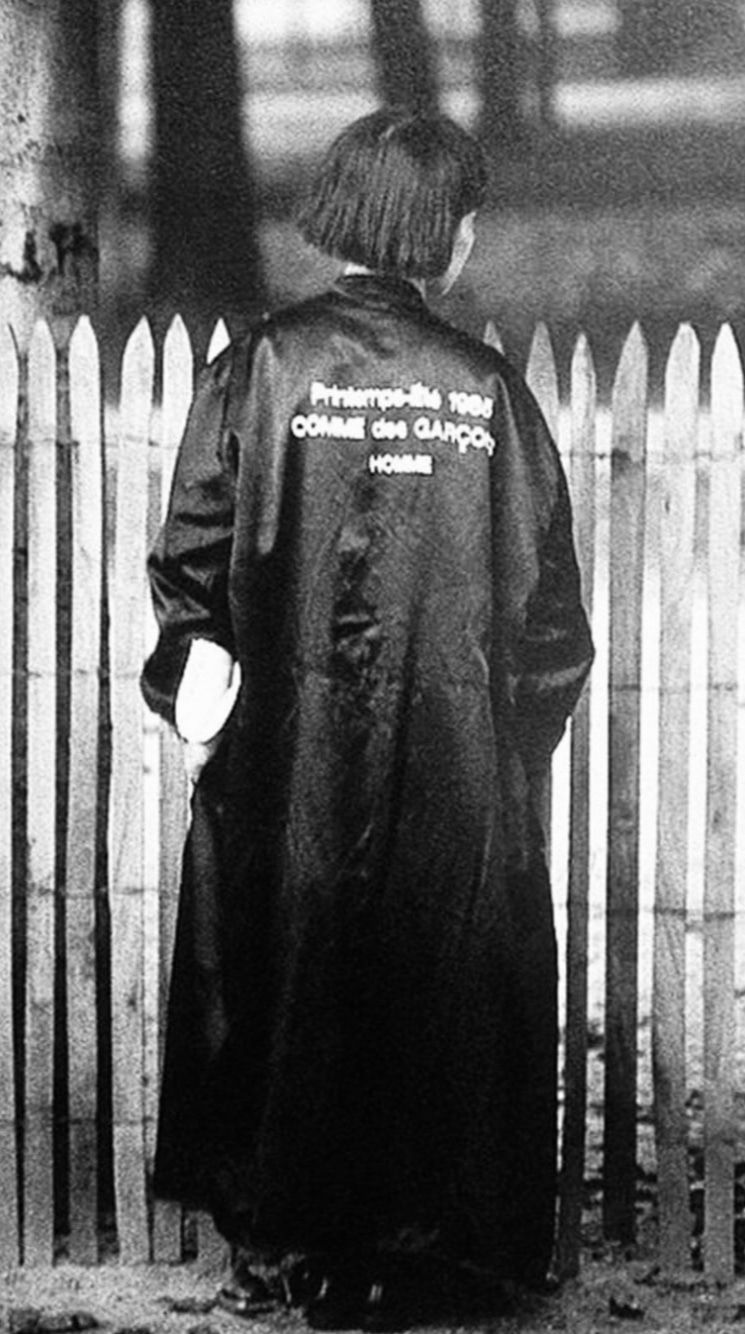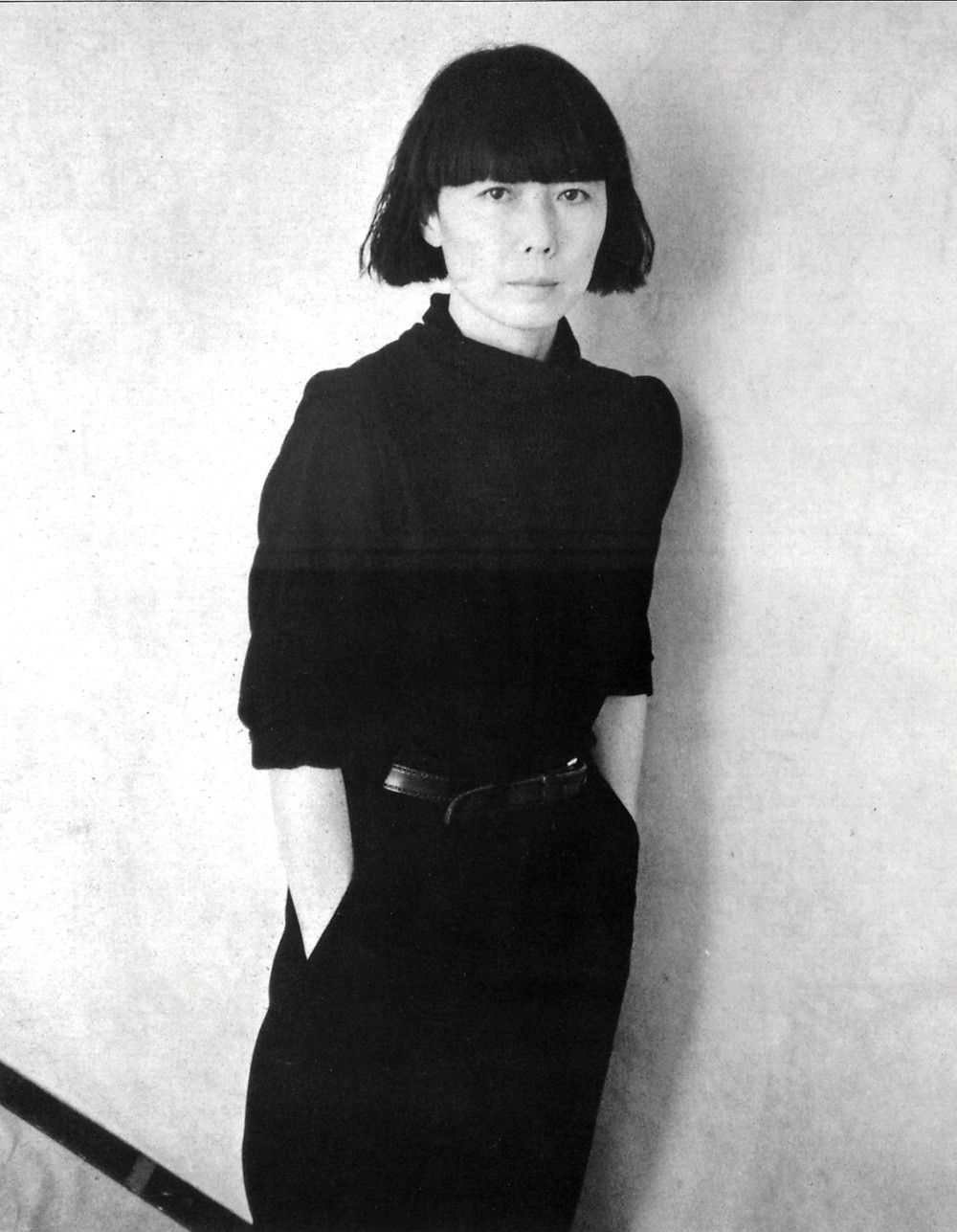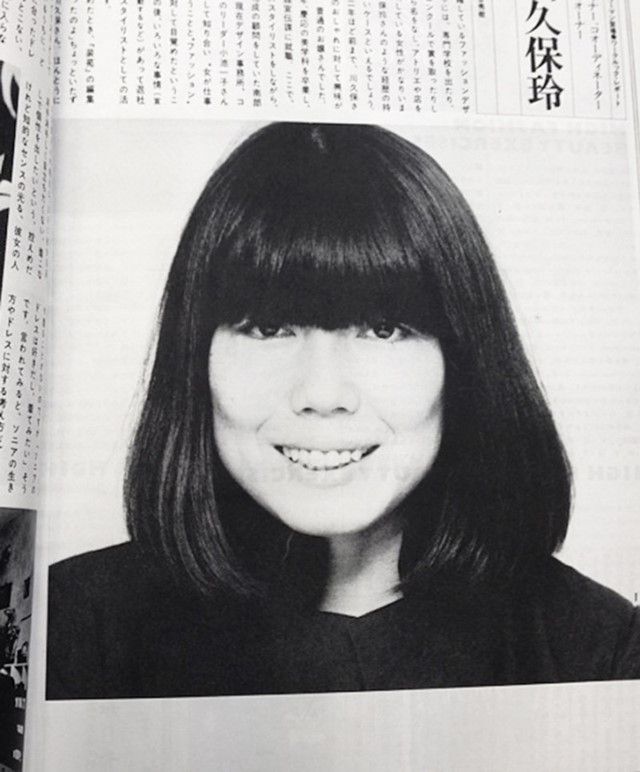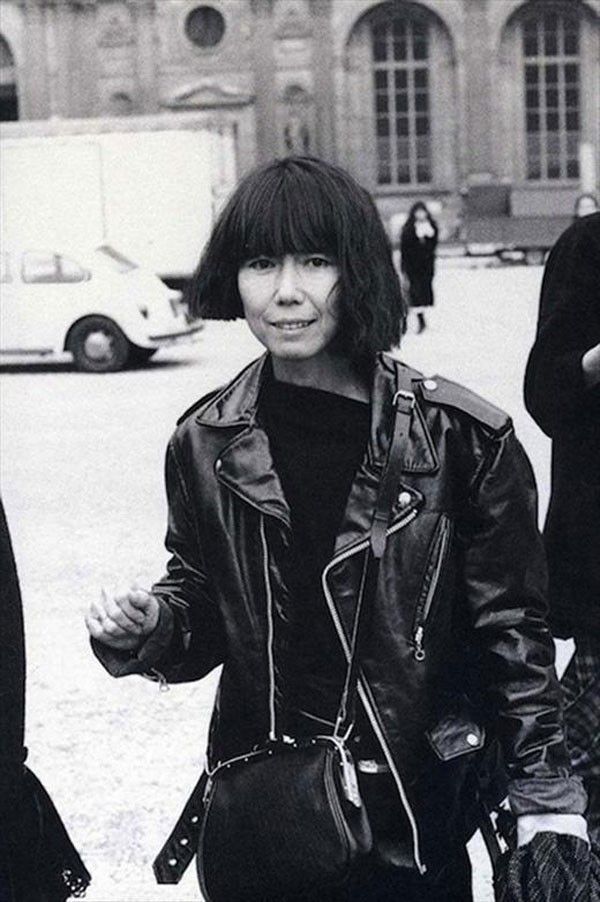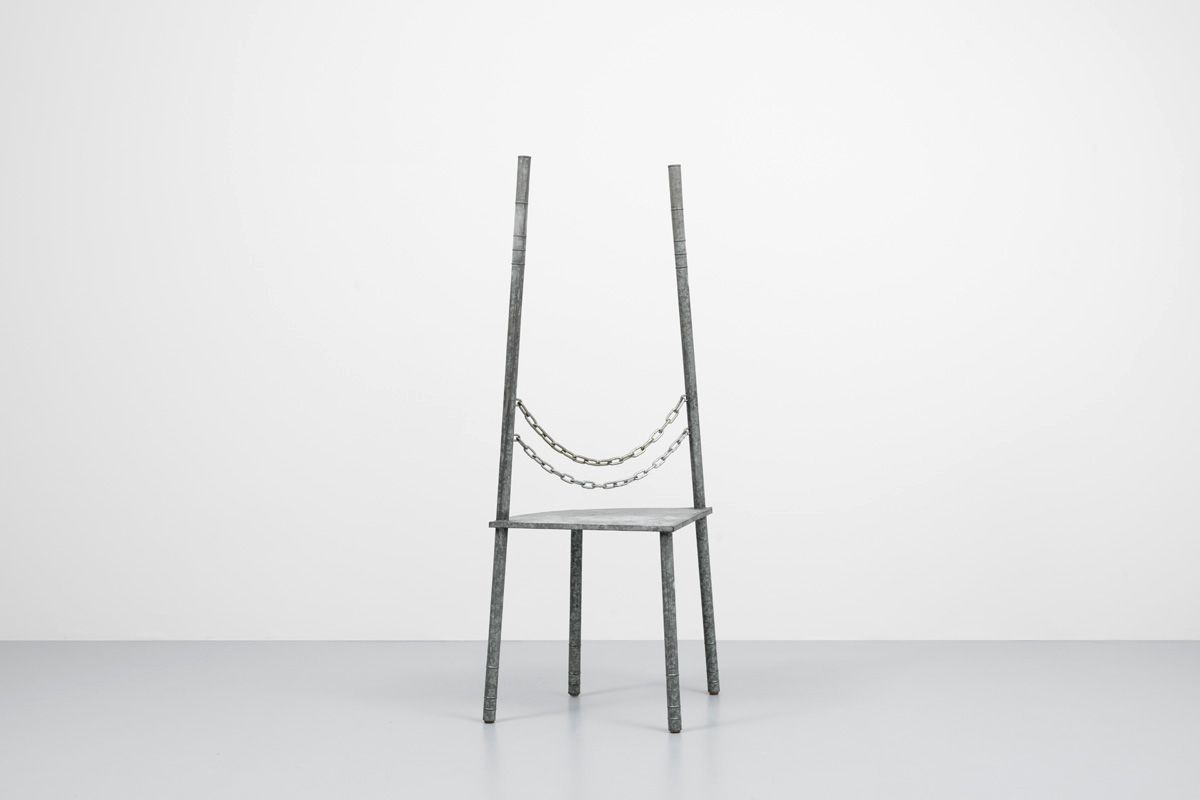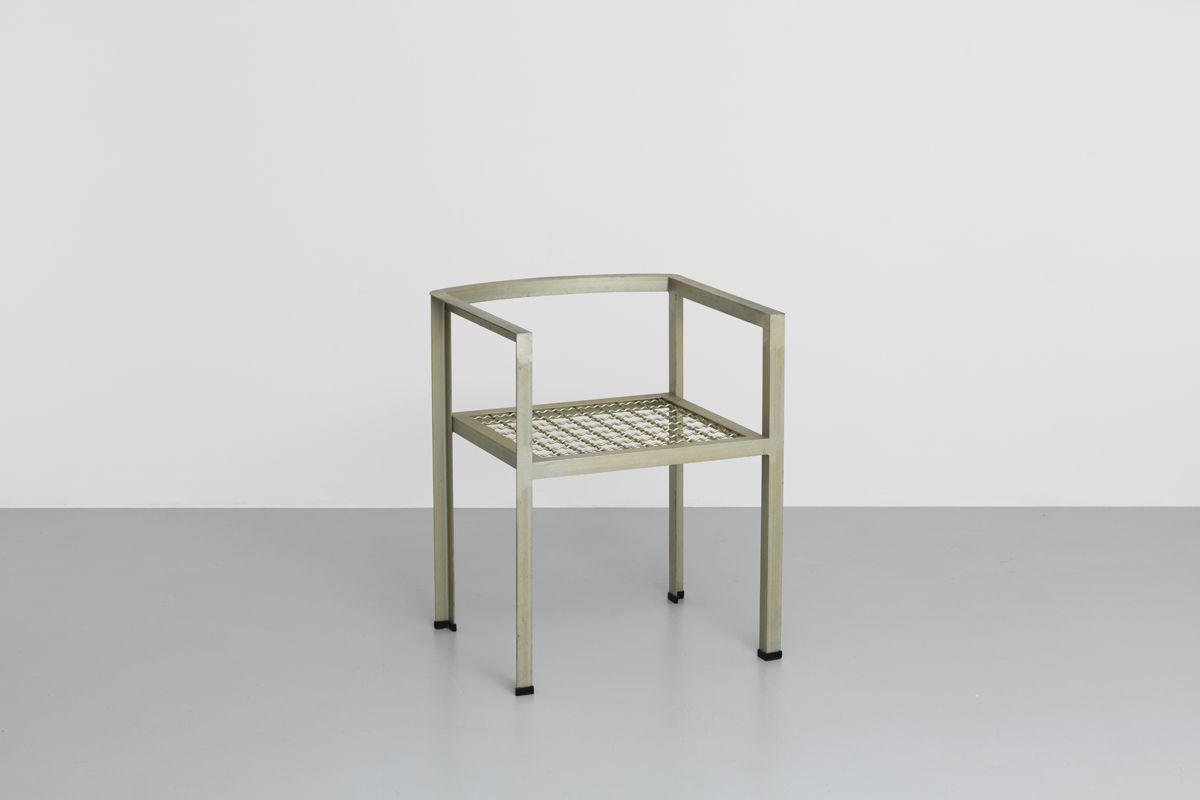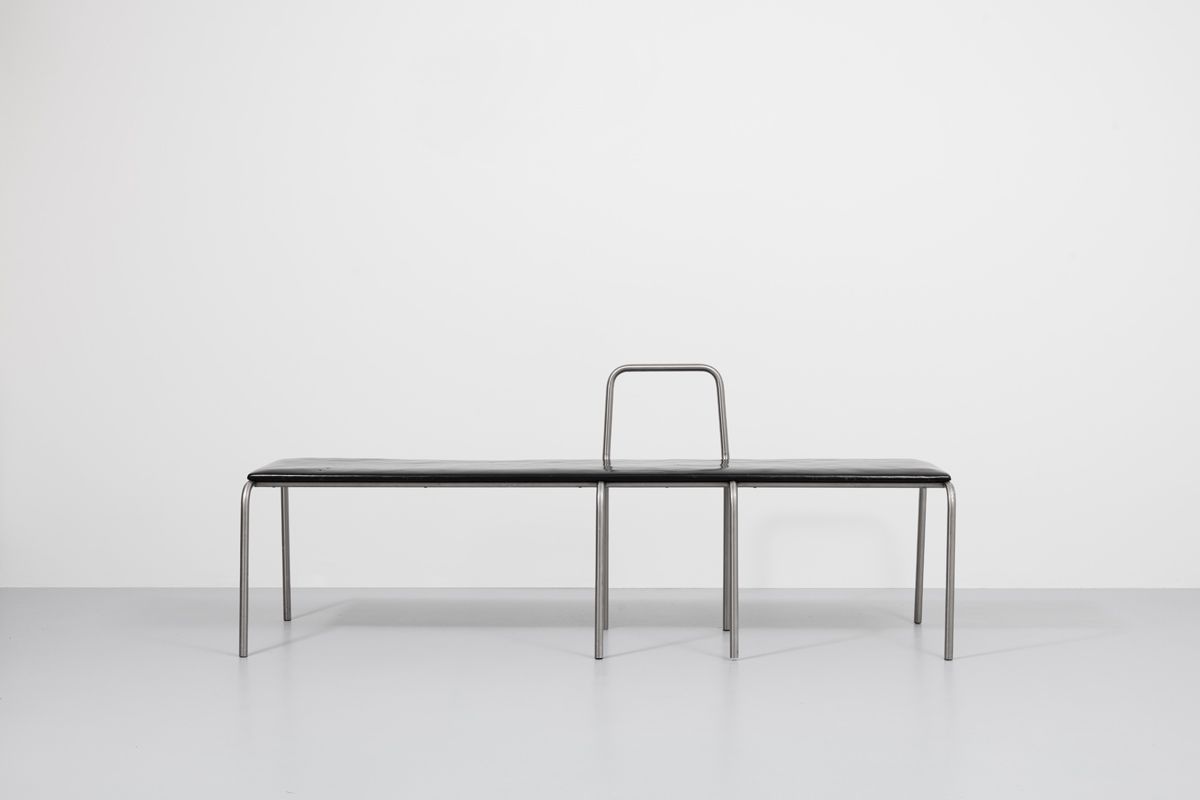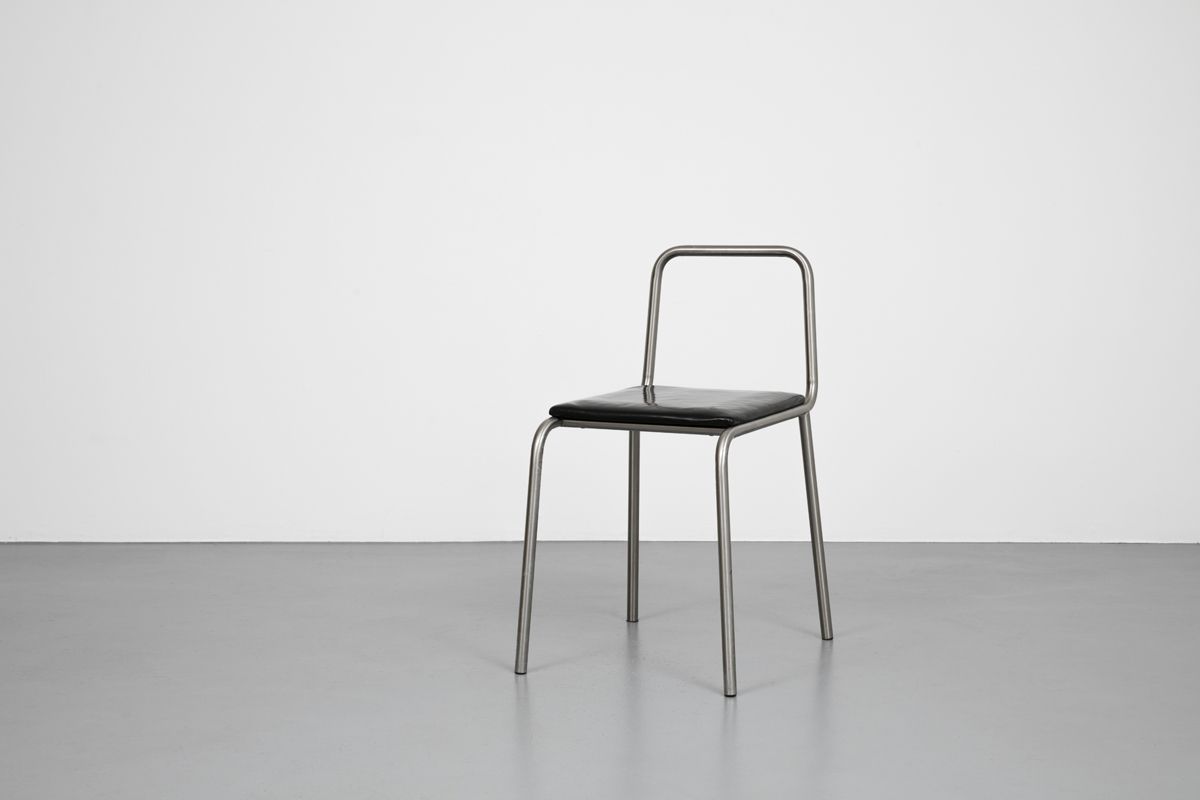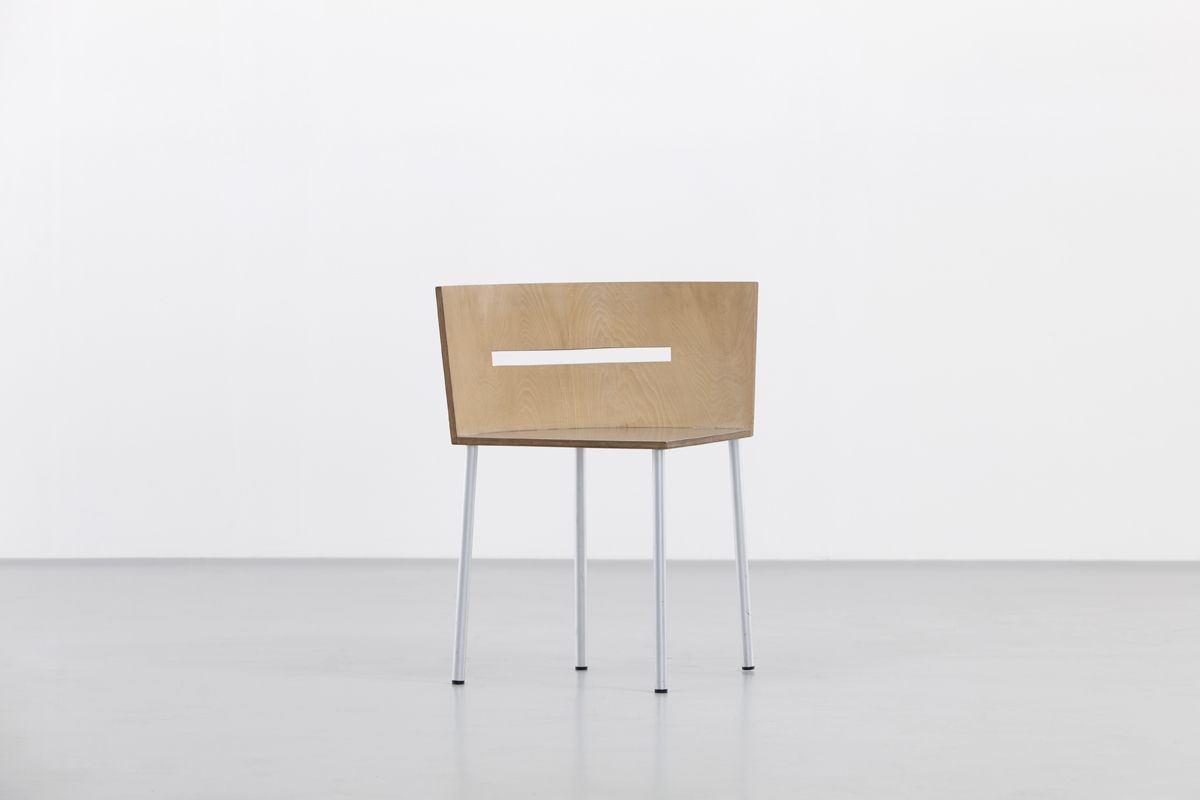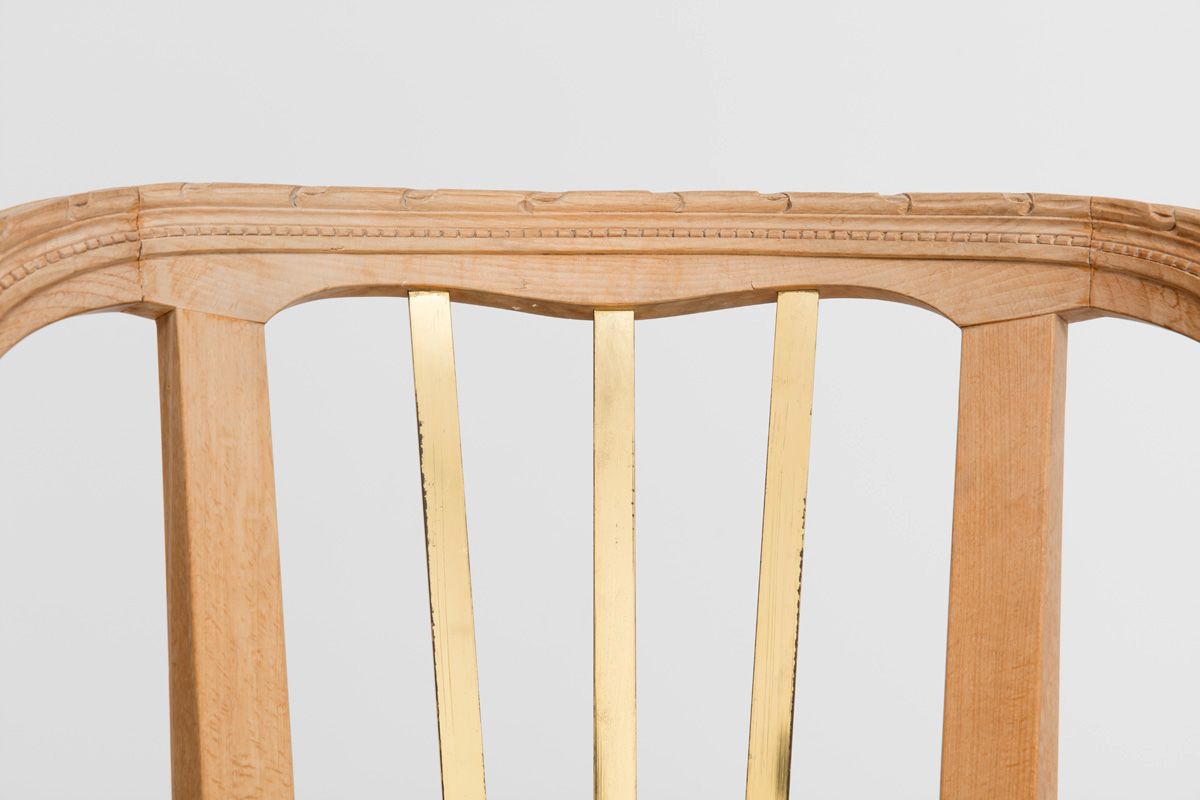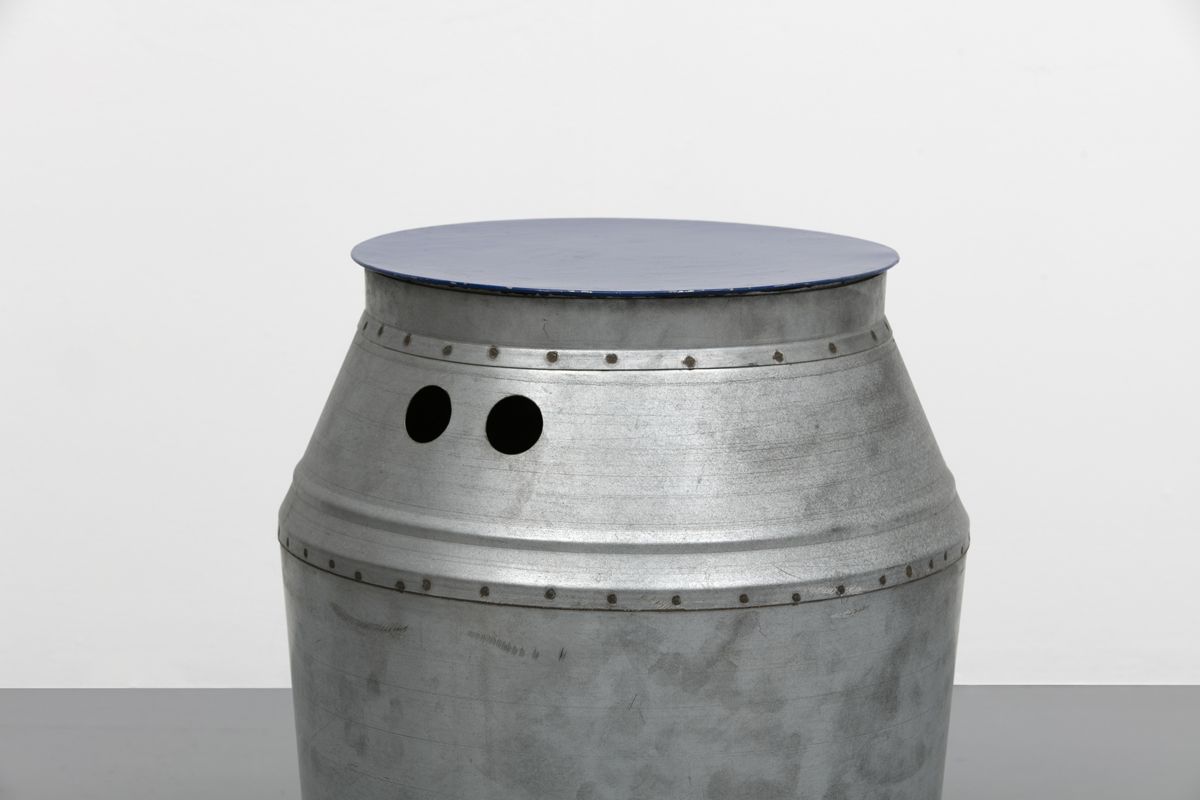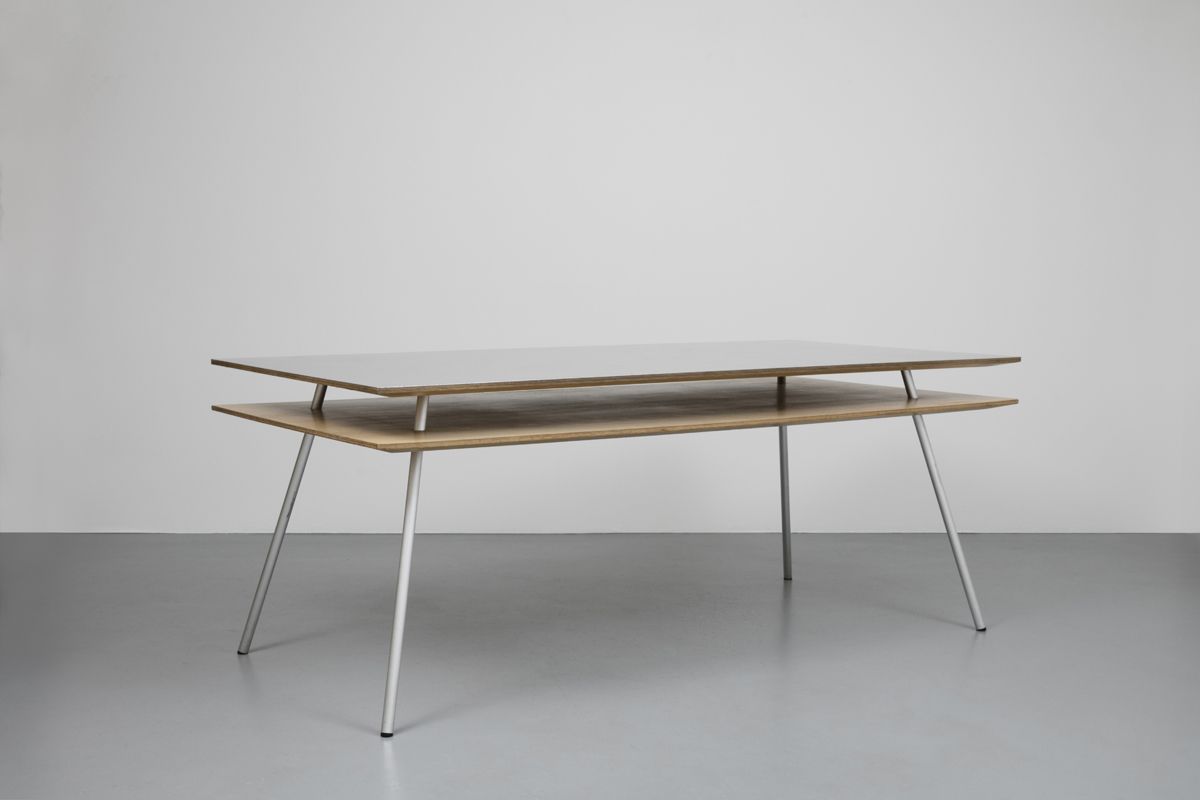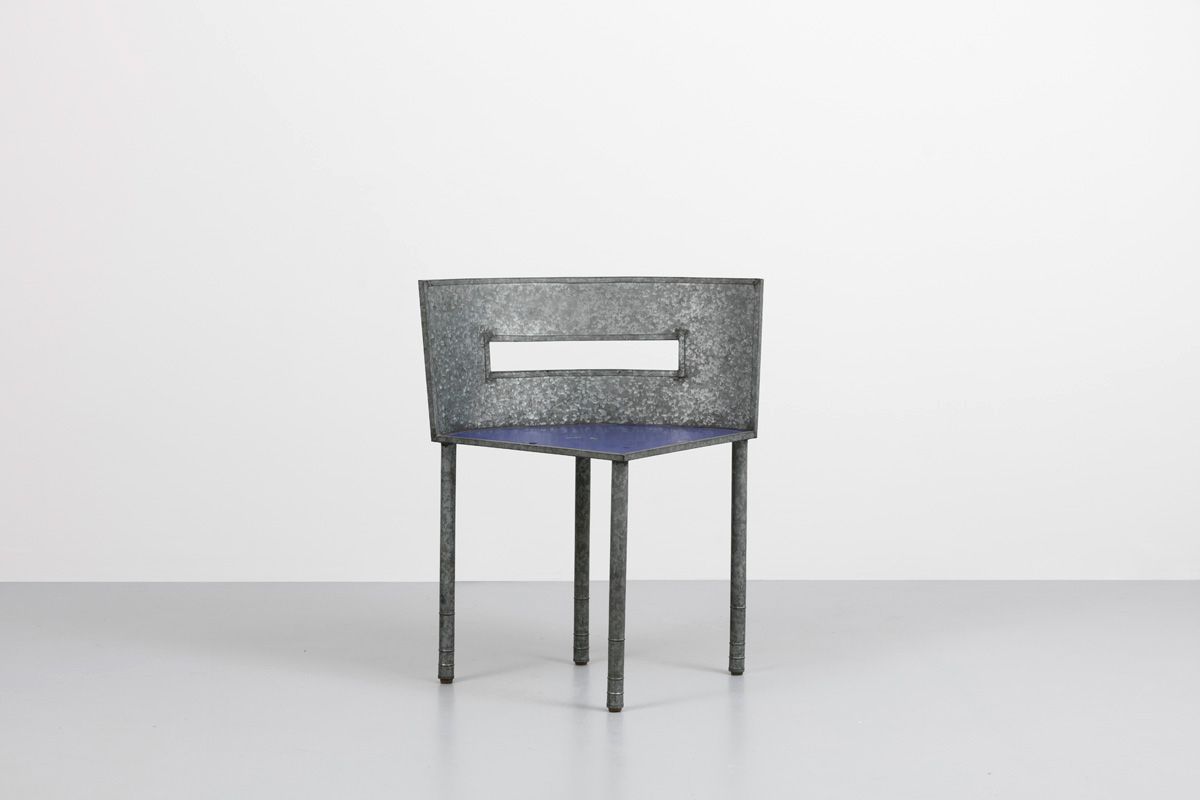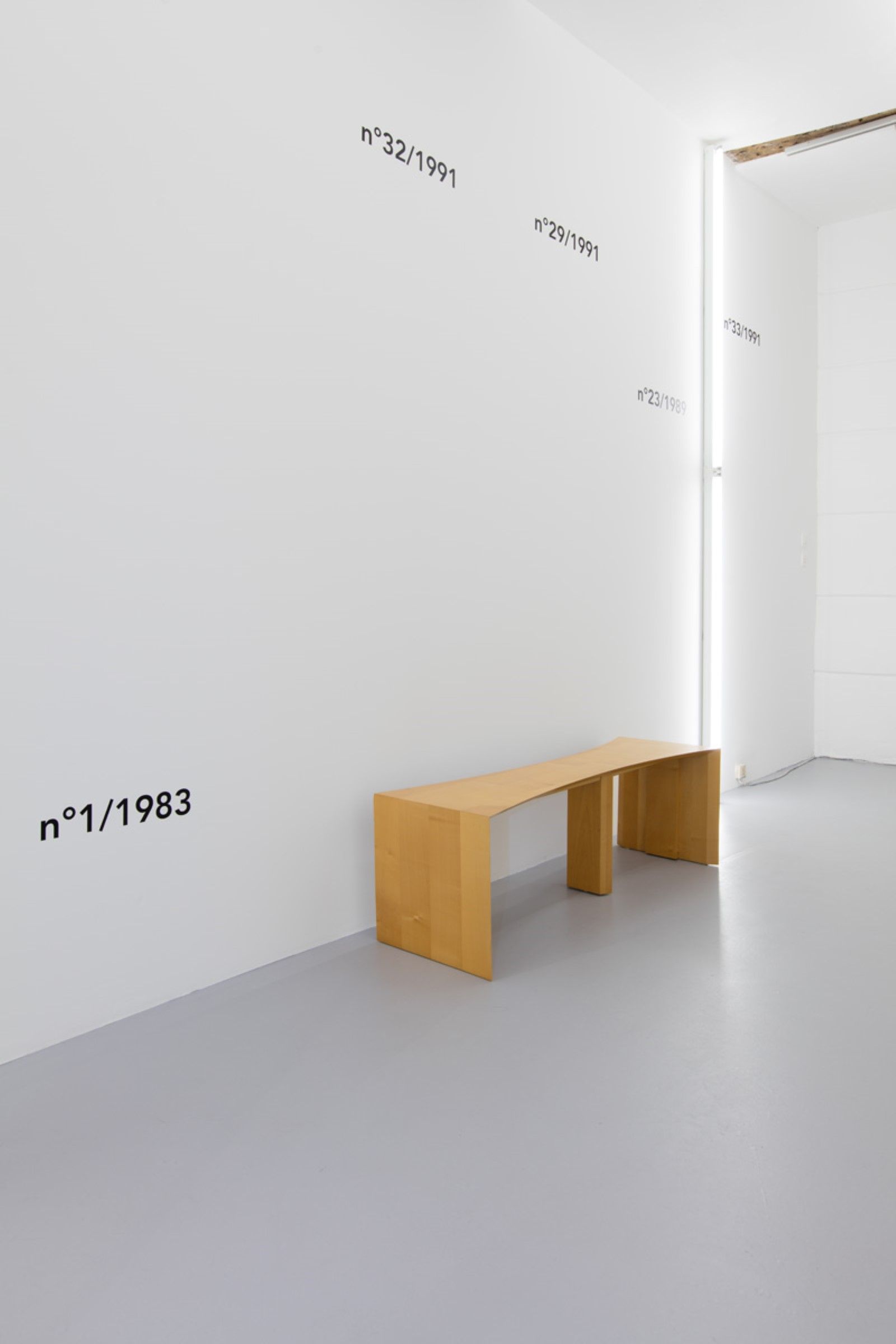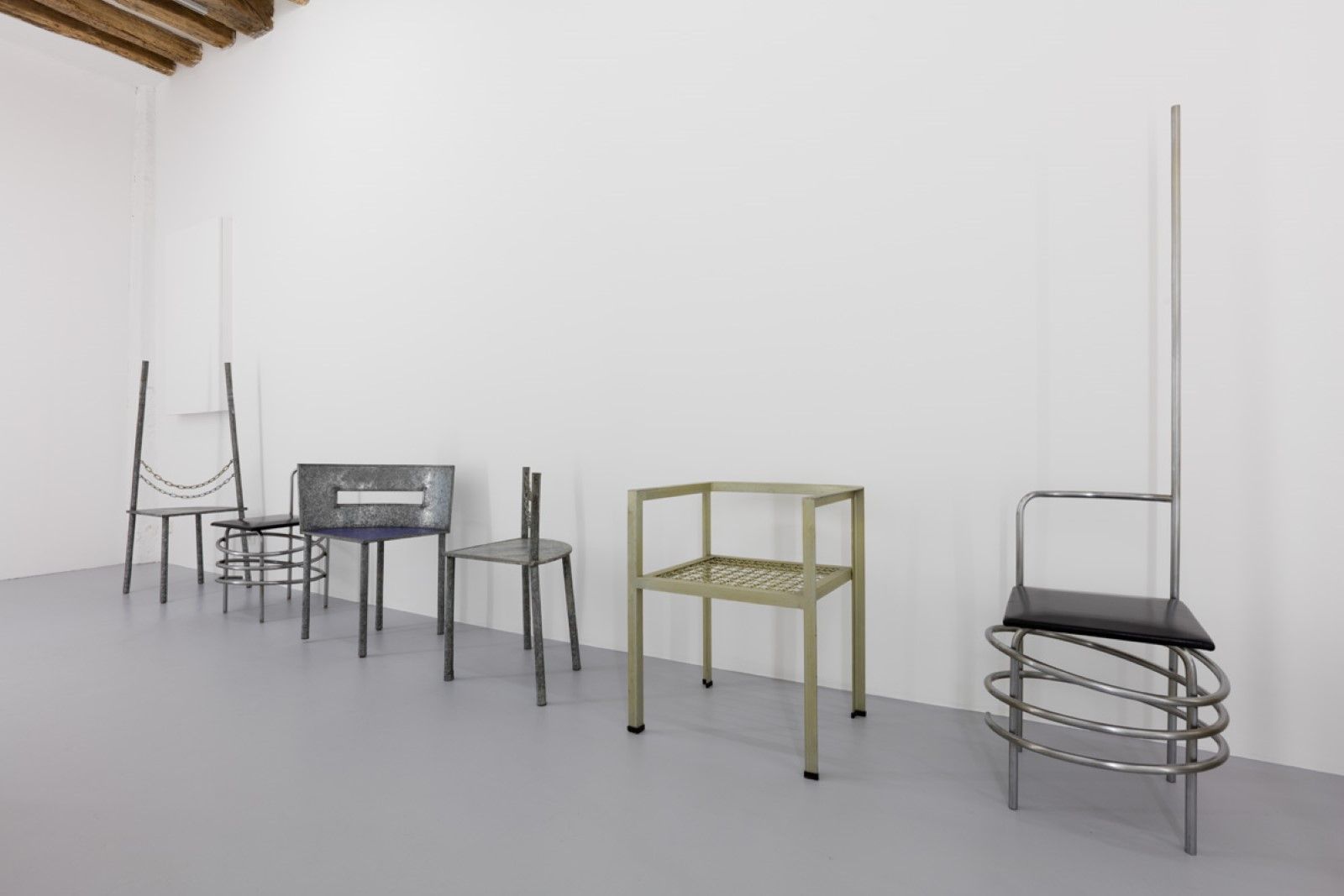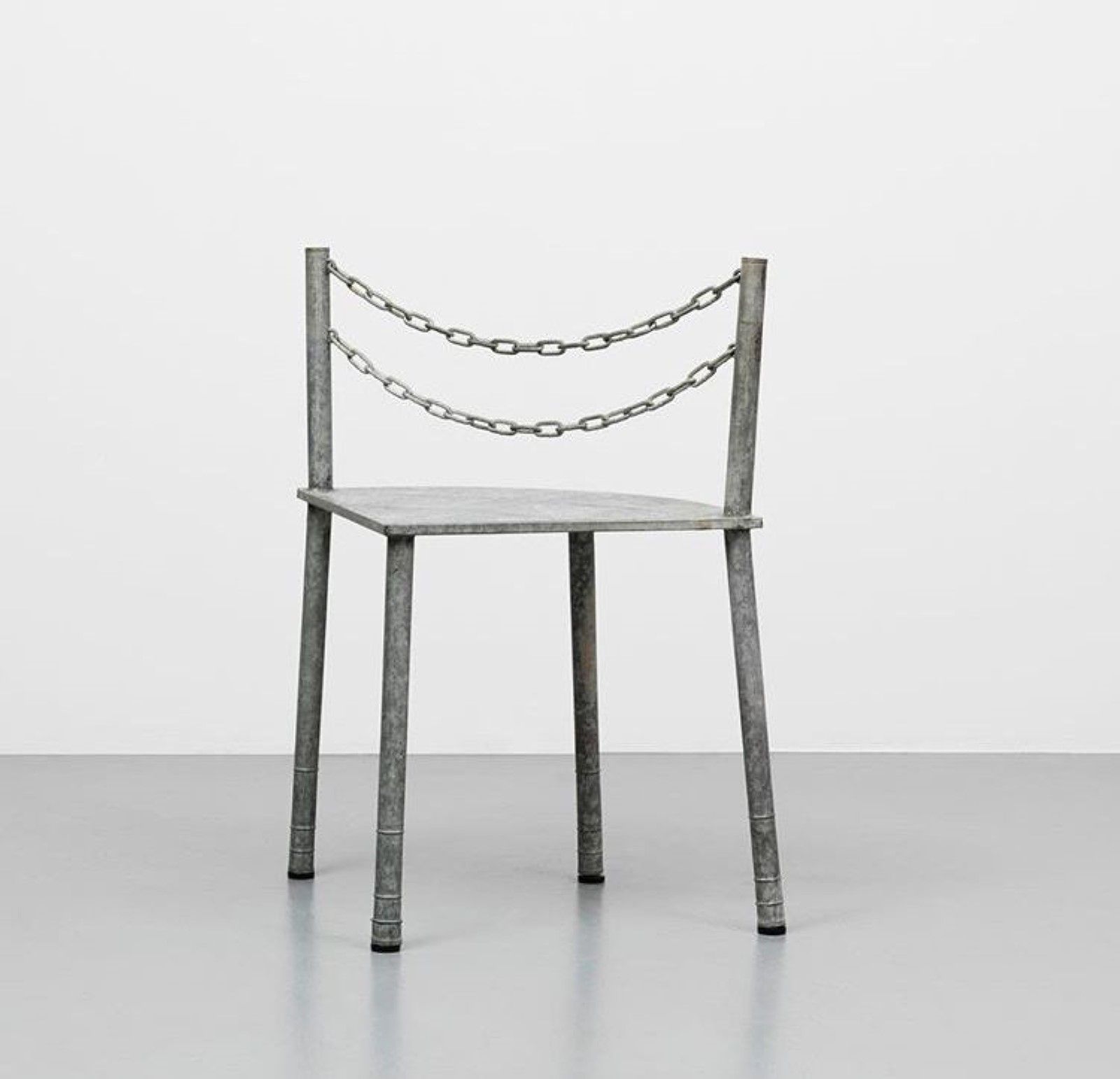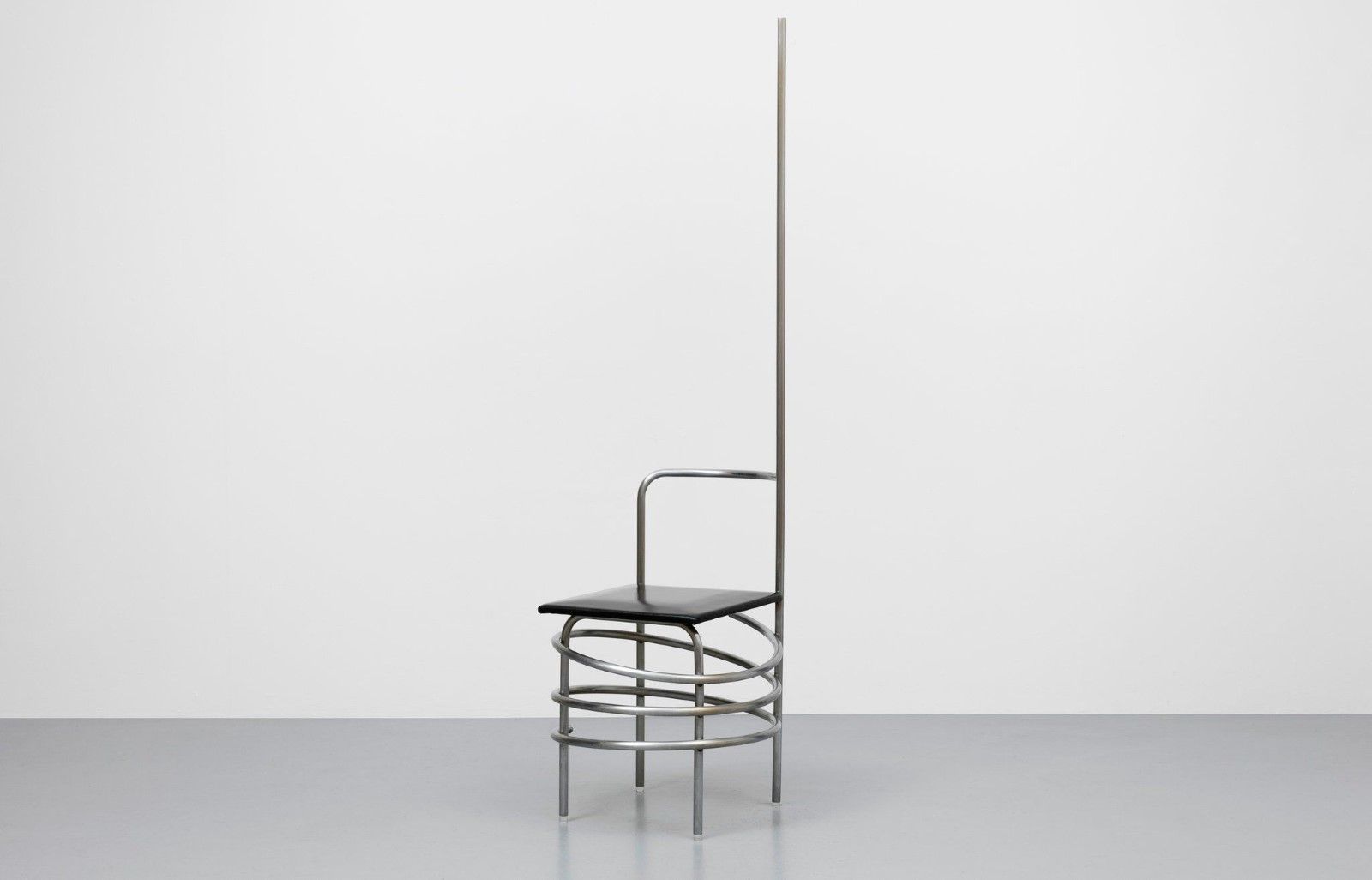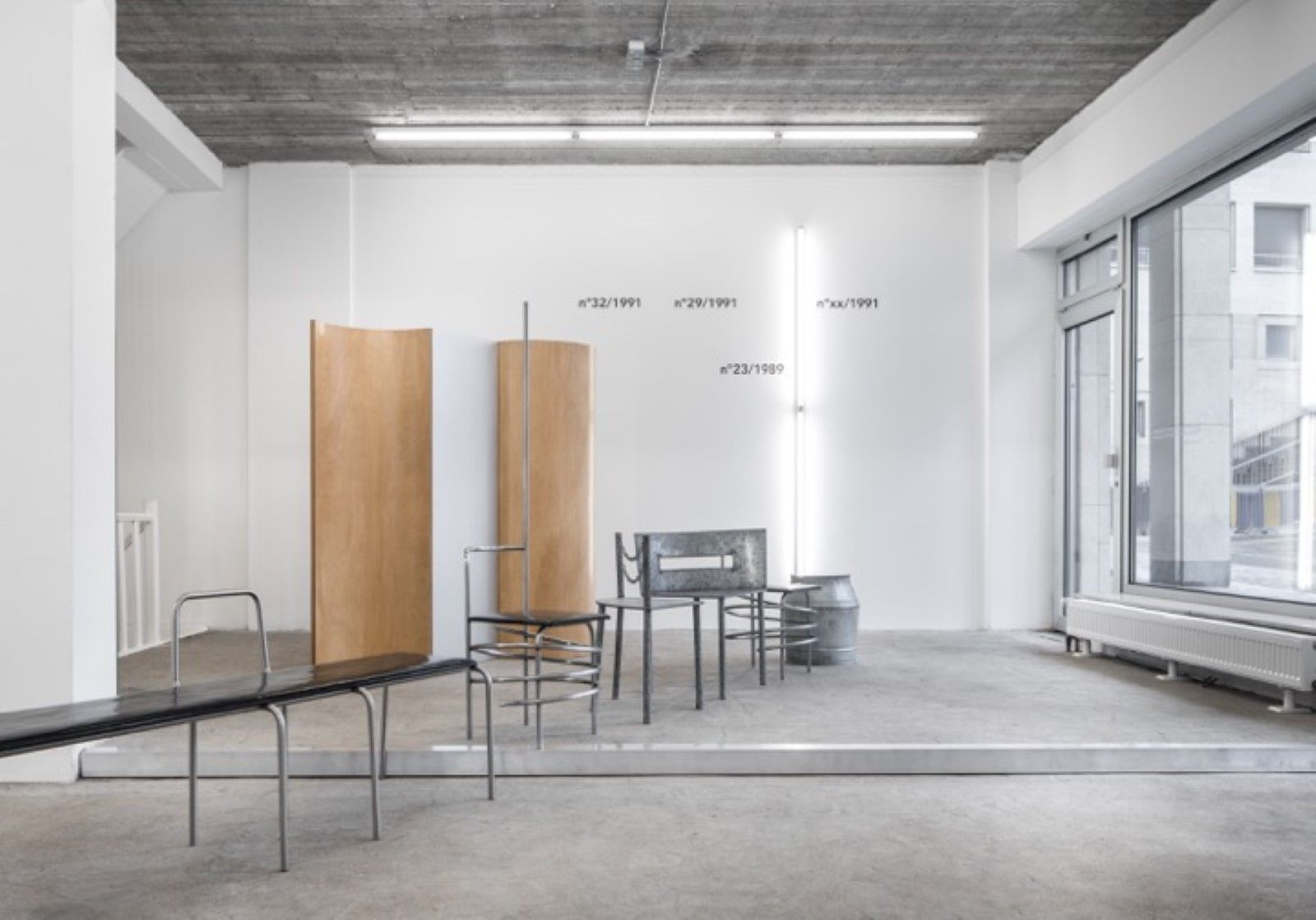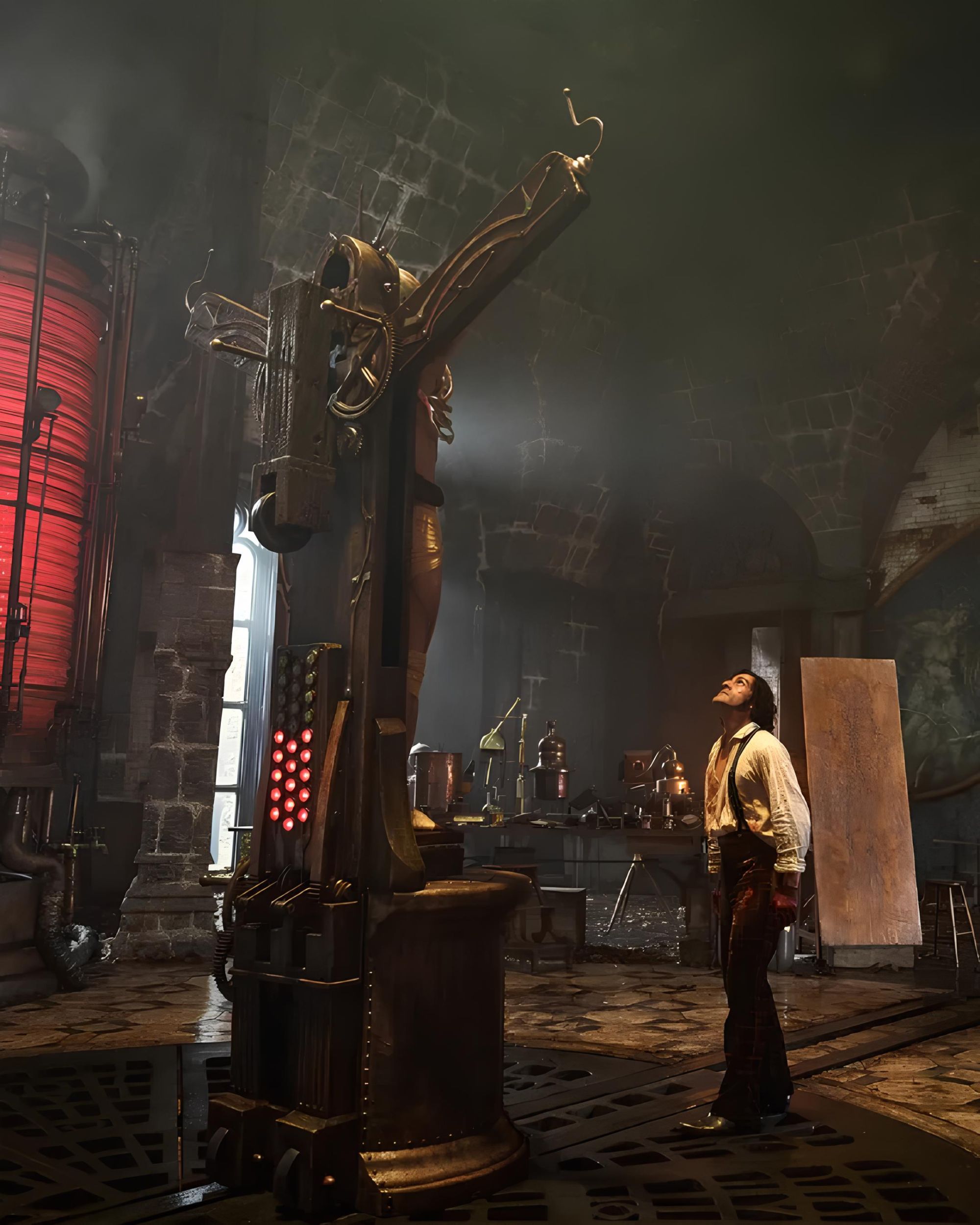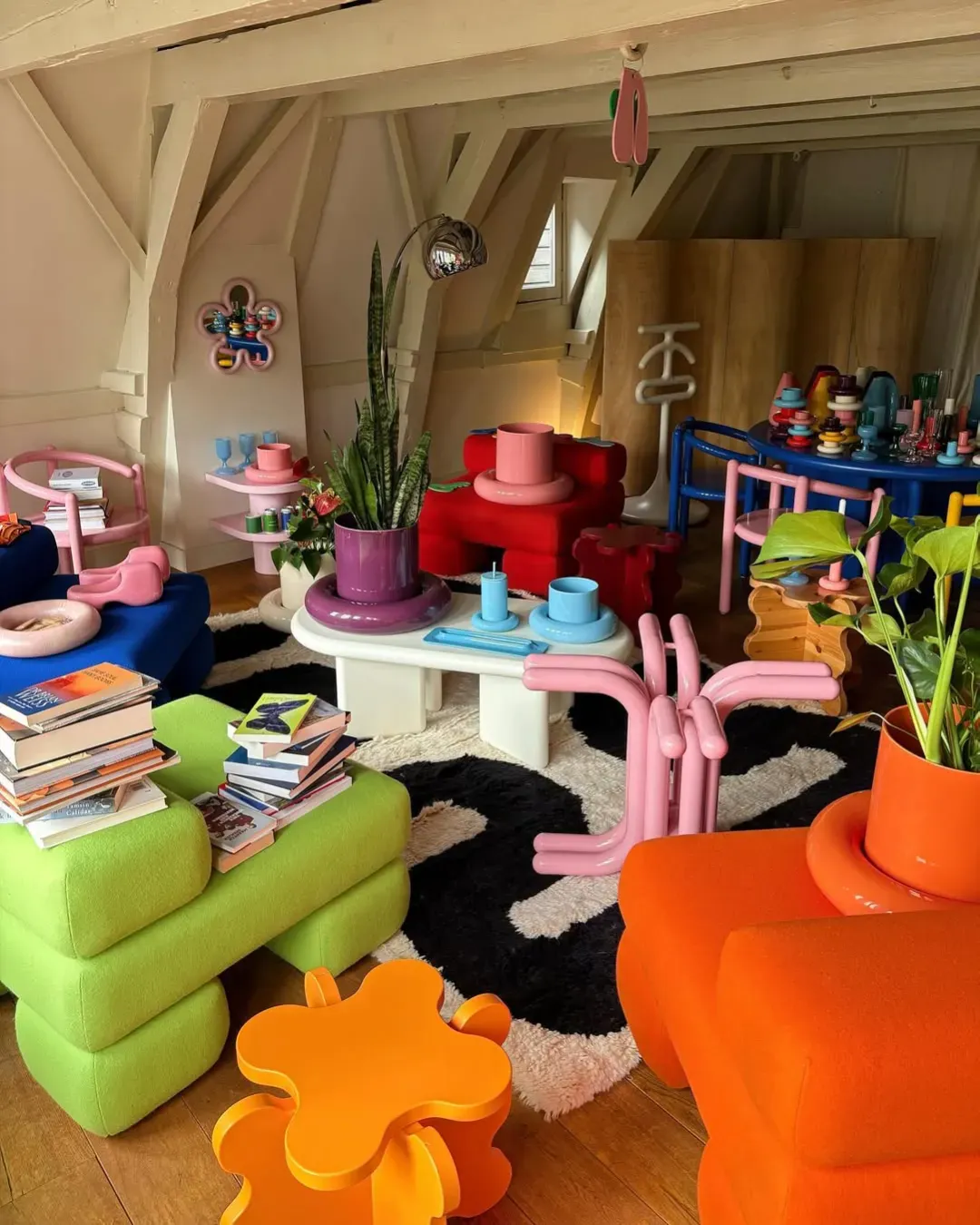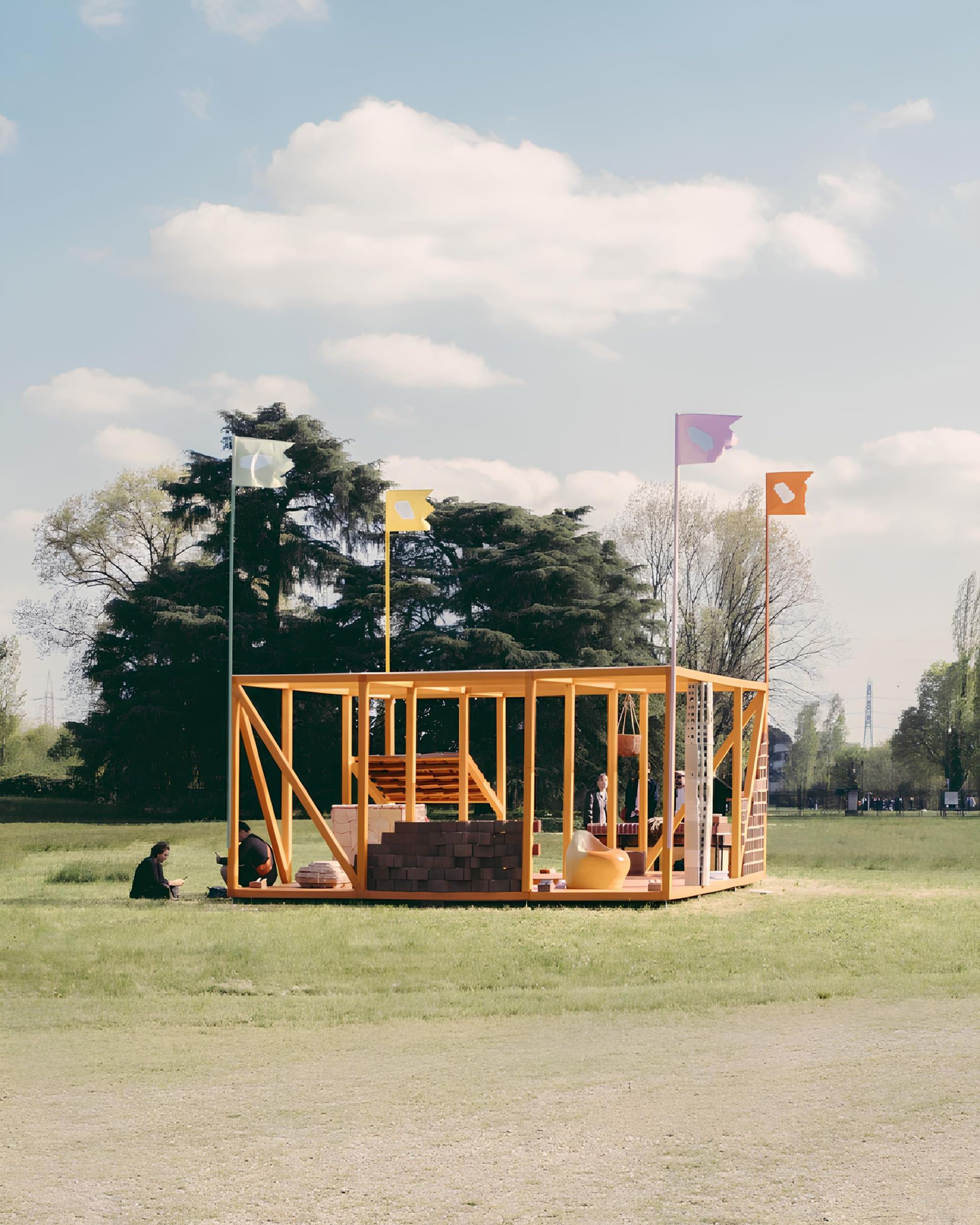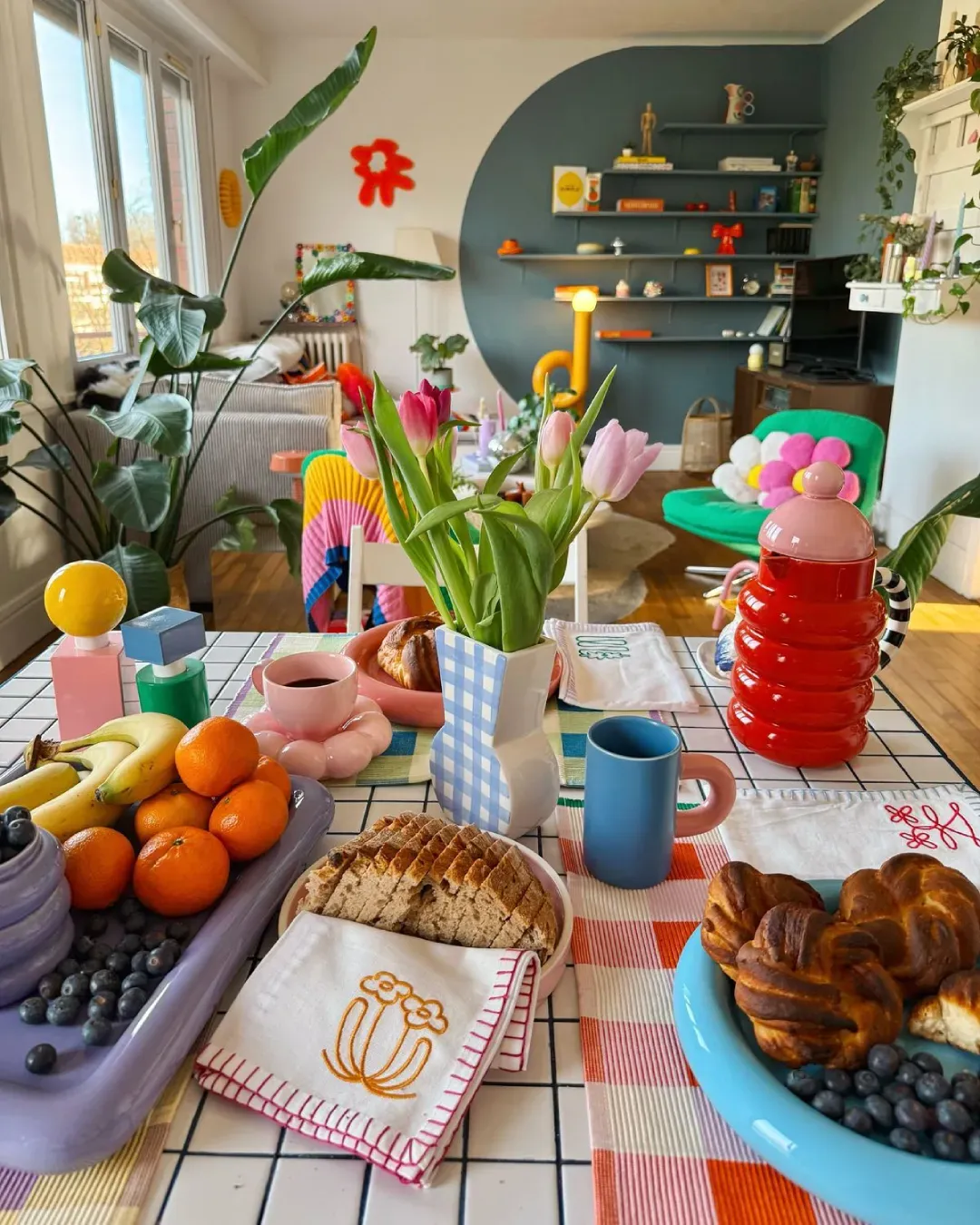
When Comme des Garçons signed a line of furniture Created by Rei Kawakubo in the 80s for his boutiques
That Rei Kawakubo was and is one of the most influential designers in fashion of the last forty years is not even a matter of discussion, but of observation. With her iconic brand Comme de Garçons, the Japanese designer has in fact indelibly marked fashion since the 80s, becoming a reference point of the fashion system, despite the now forty years of activity, and almost eighty years of age on her shoulders. But if her shows and her most famous collections are already the subject of numerous essays, such as, for example, Andrew Bolton's volume, Rei Kawakubo/Comme des Garçons: Art of the In-Between taken from the major 2017 retrospective exhibition dedicated to her by the Metropolitan Museum of Art, there is another aspect of her work that is not talked about enough: her furniture collection.
The furniture line designed by Rei Kawakubo had a short life, lasting only ten years, between 1983 and 1993, with no major distribution and only one physical store worldwide, in Paris. Moreover, the line was not born as an independent entity, but complementary to the experience the customer had to have when entering the boutique. Looking at her own stores as an extension of her catwalks, for Rei Kawakubo it was necessary that the place of purchase was a place of experience, which confirmed and amplified his vision. The project, starting from the stores, developed into a very limited series of creations, including chairs, tables, and partitions for the home. All the pieces were made with simple materials, not refined or particular: metal and wood above all, and were conceived by Rei Kawakubo herself as if they were almost sculptures. In spite of the apparent simplicity of the materials, at the level of workmanship the objects present their own peculiar originality or, at least, a personal approach in the stylistic choices: the wood is sanded and unvarnished, the metal used is sanded, and then galvanized, while the aluminum is mounted on wood.
All the pieces have an aesthetic leaning towards brutalism and minimalism, and play with some key words of the Japanese designer's aesthetic: asymmetry, deconstructivism, and unfinished. Terms that, in the interior design, are used to work on the limit between furniture and sculpture, so they are also uninterested in aspects that we consider normal for furniture, such as comfort or even structural solidity of the furniture itself. According to the testimonies of those who have studied these works, for example, if a person who was too heavy had used one of the chairs, it would not have held up. Initially, in fact, these pieces were not designed to be used in the home, but as store furniture, so much so that they were defined as transitional objects. And even when they were marketed, it was a small production that took place over just a decade, so much so that, even today, many Comme de Garçons fans are not aware of them.
As you can easily understand from this description, it was a totally experimental project, which for this reason did not take off even from a commercial point of view. Hence, one presumes, the decision to close the furniture production, which for a long time remained in oblivion. The person who exhumed it was Didier Courbot, a Comme de Garçons scholar and owner of the a1043 Gallery in Paris who, in 2017, decided to dedicate an exhibition to this very collection. His work was fundamental in bringing these works back to light, both from the point of view of recovering the original pieces - which there were about forty in the gallery - and in terms of the notional and conceptual aspect. Thanks to that exhibition it was possible to give the right emphasis to a story that otherwise would have been lost in the void. Didier Courbot's operation was the forerunner for a rediscovery of Kawakubo's works, on which there is now, however scarce, a literature.
As we had also written about Rick Owens' interior design line, the furniture project is definitely not what Rei Kawakubo will remain in the history books for, but it is another lens through which to read her work. Looking at how she approached this project gives the dimension of the Japanese designer's multifaceted and multidimensional talent, and how she has managed to maintain a personal and original aesthetic beyond the medium, beyond whether these are furniture or sculpture, chairs or no chairs.










































